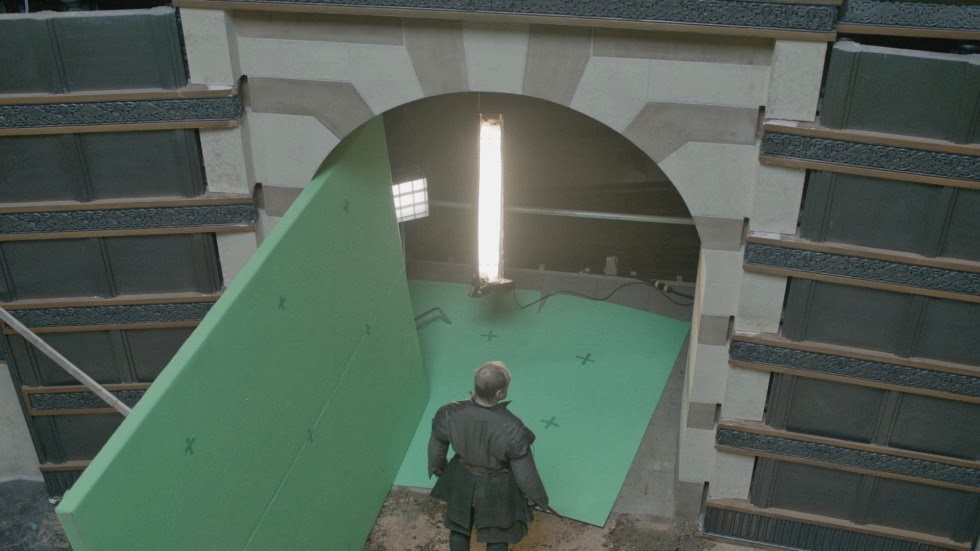Many of us reading this blog may only of ever known the spectacular opening title sequences in the motion pictures we grew up watching as kids. This week I thought since we are starting our title sequence projects it would be only fit to provide a short evolution of the title sequence in cinema.
Beginning of Title Sequence in Film
Film titles made their earliest appearance on screen during the silent film era. These were called film titles or letter cards and had to provide only the essential information to the audience. Often times these film titles or letter cards were created by a lettering artist who collaborated with the script writer and director. The biggest film studios had the funds to afford typesetters and therefore employed their work in production of title cards as well. Soon after the incorporation of typesetters in film the typography of the letter forms not only in motion picture but also advertising seemed to match the art movement of that time (ex. art deco, expressionism, etc...). Additionally sans-serif along with the art-nouveau style is an example of classic horror film text used in the film portrayed below.
Also the main title from D.W.Griffith's "Intolerance" (1916) considered one of if not the greatest film of the silent era.
Title Sequence Progression
As film became more popular their titles progressed in a vernacular sort of manner., especially do to influence of the Nazi's and the World Wars. Animation slowly worked its way into movies and became a common additive to the opening credits. Here is a look at the oldest feature-length animated film "The Adventures of Prince Achmed" by German animator Lotte Reiniger.
Additionally here is the first mickey mouse cartoon in 1929 with its main title "Plane Crazy."
The incorporation of audio didn't immediately revolutionize how film titles were created until a man by the name of Oskar Fischinger came around providing insight on the relationship between motion graphics and title design. The first real score visualization product is seen in Fischinger's film "Studies" as he anticipates the motion graphic effects by Saul Bass in the title sequence "The Man With the Golden Arm" (1955).
Another example of score visualization by Susan Bradley in "Monsters, Inc." (2001)
Refining the Title Sequence
With figures such as Saul Bass, Pablo Ferro, Maurice Binder and Richard Williams arriving in the 1950's innovation of the traditional title sequence went through a complete transformation as studios began creating for television. Here is a look at some of these artists works.
Maurice Binder and his famous 007 opening title sequence (1967)
Saul Bass and a still from "North by NorthWest," his first film with legend Alfred Hitchcock
It might be argued that the title sequence has lost its typography during this phase of evolution nonetheless many believe it has put more emphasize on the imagery behind the credits.
Future Development
With the development of technology came the advancement of computers and therefore the integration of film and future. Consequently while this technology isn't always bad many in the industry fear that future artists will rely on progressive technologies unaware of the actual creative process. With Pixar and Disney currently at the forefront of this development the studios have almost branded there style with the hundreds of their storytelling title sequences. Here is a revolutionary title sequence for the film "Se7en"created by Kyle Cooper that was named "one of the most important design innovations of the 1990s."
A look at Susan Bradley's closing credits for Pixar's "Ratatouille" (2007)
Throughout the history of motion picture film titles have evolved with the time, fashion and the film industry. Although these sequences may be much more intricate then that of the silent film era the function of the titles serve the same purpose as 100 years ago. As any great designer knows intriguing the audience in the first seconds of the film can be the deciding factor between success or failure for remainder of the motion picture.
































